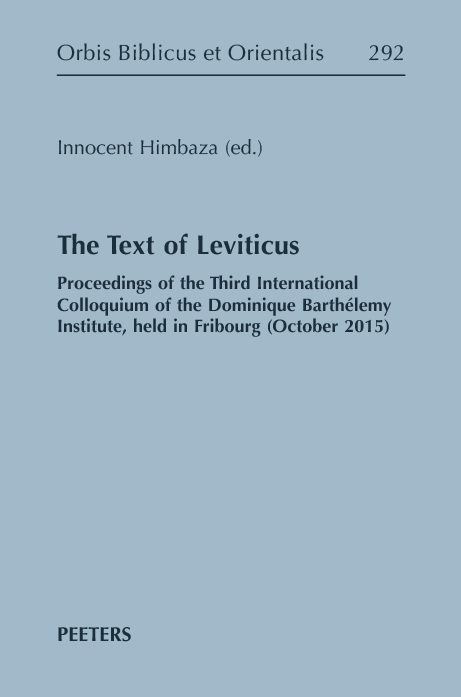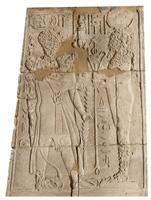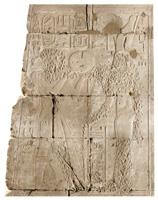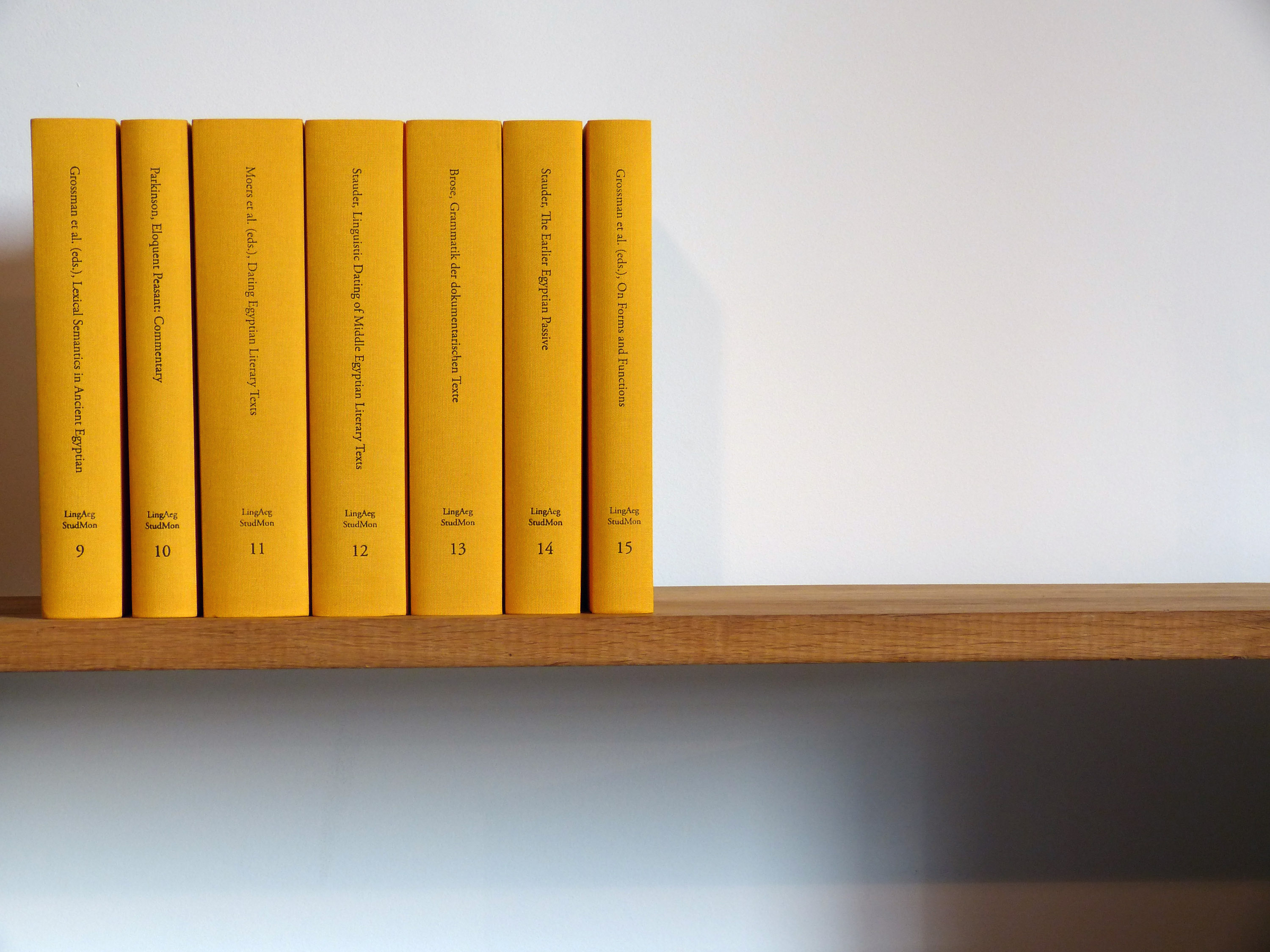The study of cuneiform texts in the 21st century CE is digital. Digital research environments now extend into virtually every aspect of scholarly workflows, encompassing not only the artefacts with which we are primarily occupied, but also metadata types covering a wide range of spatial, temporal, and referential information on cuneiform texts and their historical, archaeological, and museal setting. Geomapping Landscapes of Writing: Large-Scale Spatial Analysis of the Cuneiform Corpus is a three-year research project of the Department of Linguistics and Philology of Uppsala University, Sweden, funded by Riksbankens Jubileumsfond (grant number MXM19-1160:1). As part of our research programme, we wish to promote dialogue and development of common standards for basic metadata, thereby stimulating increased data interoperability between current and future projects. How are metadata collections, e.g. bibliographic, chronological, and geographical information devised, structured, and integrated with digital text catalogues? To what extent is data sharing and integration pursued? And how are common standards adopted, implemented, and maintained, if at all? Combining virtual presentations and informal discussion sessions engaging with three primary types of metadata, we are organising three afternoon sessions in late November 2020. These session aim to showcase current digital resources and research and to encourage exploration of future avenues for data integration and exchange within the field of cuneiform studies, broadly conceived. See details on individual sessions below for time, date, and how to register.
Spatial Data, Spatial Analysis, and Historical Geography
Monday 23 November 16:00-19:00 (sign-in from 15:45) CEST
(The session will be held online and is open for everyone. Registration via this link)
The increasing ease with which digital spatial data frames can be implemented in archaeological and historical research has brought about a revolution in the application of spatial data to humanities research of recent years (Gregory and Geddes 2014; Bodenhamer, Corrigan, and Harris 2010). While Assyriology is certainly no stranger to geographical knowledge, the field lacks general spatial data repositories comparable to initiatives seen e.g. in classical history and in archaeology (Zerbini 2018; Horne 2020). Recent initiatives have sought to develop stand-alone GIS applications integrated with cuneiform online text catalogues, for example HIGEOMES (http://higeomes.i3mainz.hs-mainz.de) and BDTNS (http://bdtns.filol.csic.es) or to make use of existing web mapping applications and digital historical gazetteers, such as ARMEP (https://www.armep.gwi.uni-muenchen.de). This segment invites researchers working with the generation of spatial data for cuneiform studies or methodologies for spatial data analyses to share and discuss approaches to the development and application of spatial data sets. Talks will be followed by a brief roundtable discussion for invited speakers.
16:00-16:20 Nathan Morello (Ludwig-Maximilian-Universität München)
ARMEP 2.0: The Map Interface of the Ancient Records of Middle Eastern Polities, Current Features and Future Perspectives
16:20-16.40 Shai Gordin (Ariel University)
Mesopotamian Ancient Place-names Almanac (MAPA) Project: Doing Historical Geography in the Age of Linked Open Data
16.40-17:00 Olof Pedersén (Uppsala University)
500,000,000 baked bricks – GIS and BIM analysis of archaeology and texts in Babylon
17:00-17:15 Break
17:15-17:35 Eva Cancik-Kirschbaum and Christian W. Hess (Freie Universität Berlin)
Hard Data, Fuzzy Geographies: Mapping the Middle Assyrian World in TexTelSem
17:35-17:55 Rune Rattenborg (Uppsala University)
An Open Access Index for the Geographical Distribution of the Cuneiform Corpus
17:55-18:15 Adam Andersson and Niek Veldhuis (DH Berkeley)
Sumerian Networks, UC Berkeley Data Science Discovery Project
18:15-18:45 Discussion (speakers)
Integration of Periodisations and Chronologies
Wednesday 25 November 16:00-18:00 (sign-in from 15:45) CEST
(The session will be held online, and consist of short presentations and a roundtable discussion. If you are interested in attending, please contact Gustav Ryberg Smidt for details)
Chronology is a quintessential cornerstone of historical and archaeological research, and so tools for the integration of chronologies from various projects are critical to the proper correlation of diverging schemes of dating and periodisation. Recent tools for chronological integration of archaeological periodization and artefact dating are now becoming available, for example the PeriodO gazetteer of historical and archaeological periods (http://perio.do), or the GODOT graph database for dated objects and texts (https://godot.date). None of these initiatives are associated with cuneiform online text catalogues, however. In light of the very complex questions arising from the interrelation of different relative, dynastical, and absolute chronologies (e.g. Pruzsinszky 2009), the lack of broader integration of chronological schemes is surprising, to say the least. This workshop section invites contributions and discussions of ways of integrating digital chronological indices and artefact data in Assyriology.
- Adam Anderson (DH Berkeley)
- Seraina Nett (Uppsala University)
- Mirko Novak (Universität Bern)
- Émilie Page-Perron (University of Toronto)
- Rune Rattenborg (Uppsala University)
- Maciej Wencel (Independent scholar)
Reference Collections and Linked Bibliographies
Thursday 26 November 16:00-18:00 (sign-in from 15:45) CEST
(The session will be held online, and consist of short presentations and a roundtable discussion. If you are interested in attending, please contact Gustav Ryberg Smidt for details)
The online world currently abounds with platforms and services for storing, managing, and integrating bibliographical reference data sets, also with respects to the study of the ancient world. A ready example of relevance to cuneiform studies is the Online Egyptological Bibliography (http://oeb.griffith.ox.ac.uk/) maintained by the University of Oxford and the International Association of Egyptologists, which currently contains 149,000 bibliographical records. Despite the existence of several large repositories for digital bibliographical reference collections e.g. the Keilschriftbibliographie (http://vergil.uni-tuebingen.de/keibi/), comprehensive integration of digital reference datasets and online text catalogues in Assyriology has so far been attempted only at a localised scale, notwithstanding the immense size that such databases may attain, for example ARCHIBAB (http://www.archibab.fr ) or BDTNS (http://bdtns.filol.csic.es). By inviting perspectives from corpus- and project-based digital bibliographies, this workshop section aims to survey and discuss the nature of bibliographical reference databases in the field of Assyriology and to explore avenues for the integration of bibliographical and artefact data.
- Adam Anderson (DH Berkeley)
- Wiebke Meinhold (Eberhard-Karls-Universität Tübingen)
- Manuel Molina (Consejo Superior de Investigaciones Científicas)
- Seraina Nett (Uppsala University)
- Georg Neumann (Freie Universität Berlin)
- Hans Neumann (Universität Münster)
- Émilie Pagé-Perron (University of Toronto)
- Rune Rattenborg (Uppsala University)
- Michaela Weszeli (Universität Wien)
References
- Bodenhamer, David J., John Corrigan, and Trevor M. Harris. 2010. The Spatial Humanities: GIS and the Future of Humanities Scholarship. Bloomington & Indianapolis: Indiana University Press.
- Gregory, Ian N., and Alistair Geddes, eds. 2014. Toward Spatial Humanities: Historical GIS and Spatial History. Bloomington, IN: Indiana University Press.
- Horne, Ryan. 2020. ‘Beyond Lists: Digital Gazetteers and Digital History’. The Historian 82 (1): 37–50.
- Pruzsinszky, Regine. 2009. Mesopotamian Chronology of the 2nd Millennium B.C. An Introduction to the Textual Evidence and Related Chronological Issues. Contributions to the Chronology of the Eastern Mediterranean 22. Vienna: Österreichischer Akademie der Wissenschaften.
- Zerbini, Andrea. 2018. ‘Developing a Heritage Database for the Middle East and North Africa’. Journal of Field Archaeology 43 (sup1): S9–18.







 Exploration topographique
Exploration topographique Exploration chronologique
Exploration chronologique Bibliographie
Bibliographie Index des inscriptions
Index des inscriptions 


















